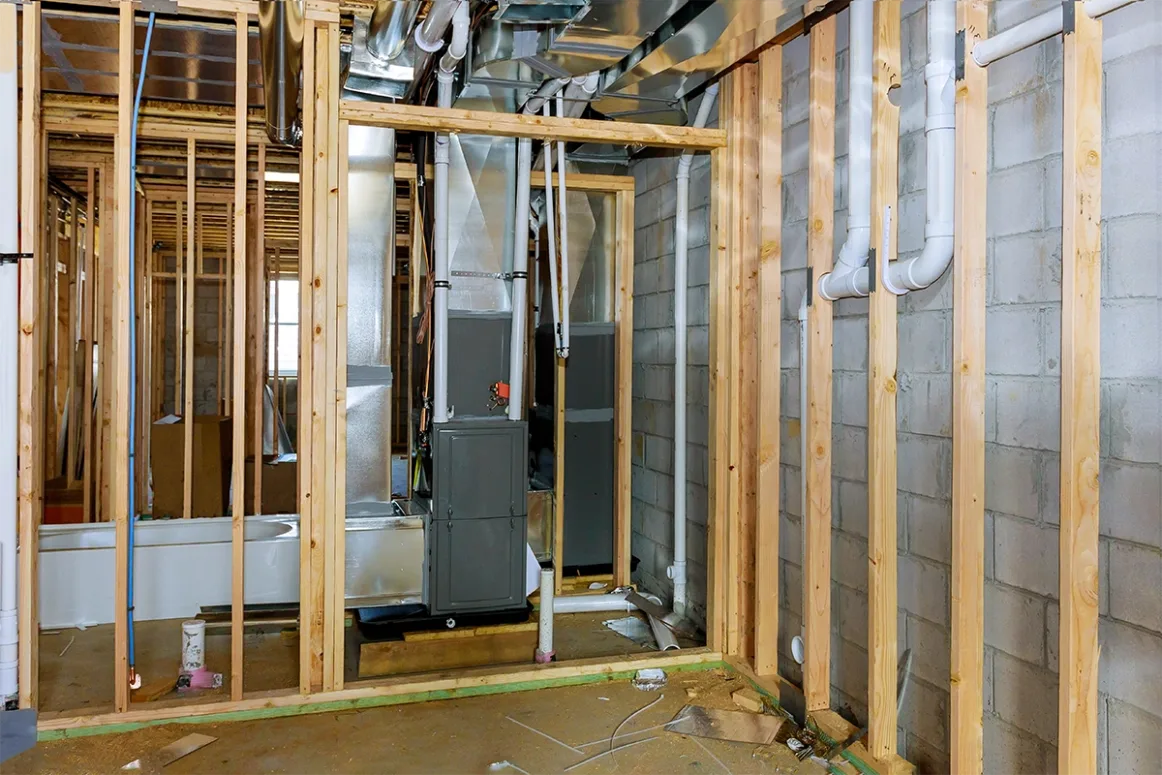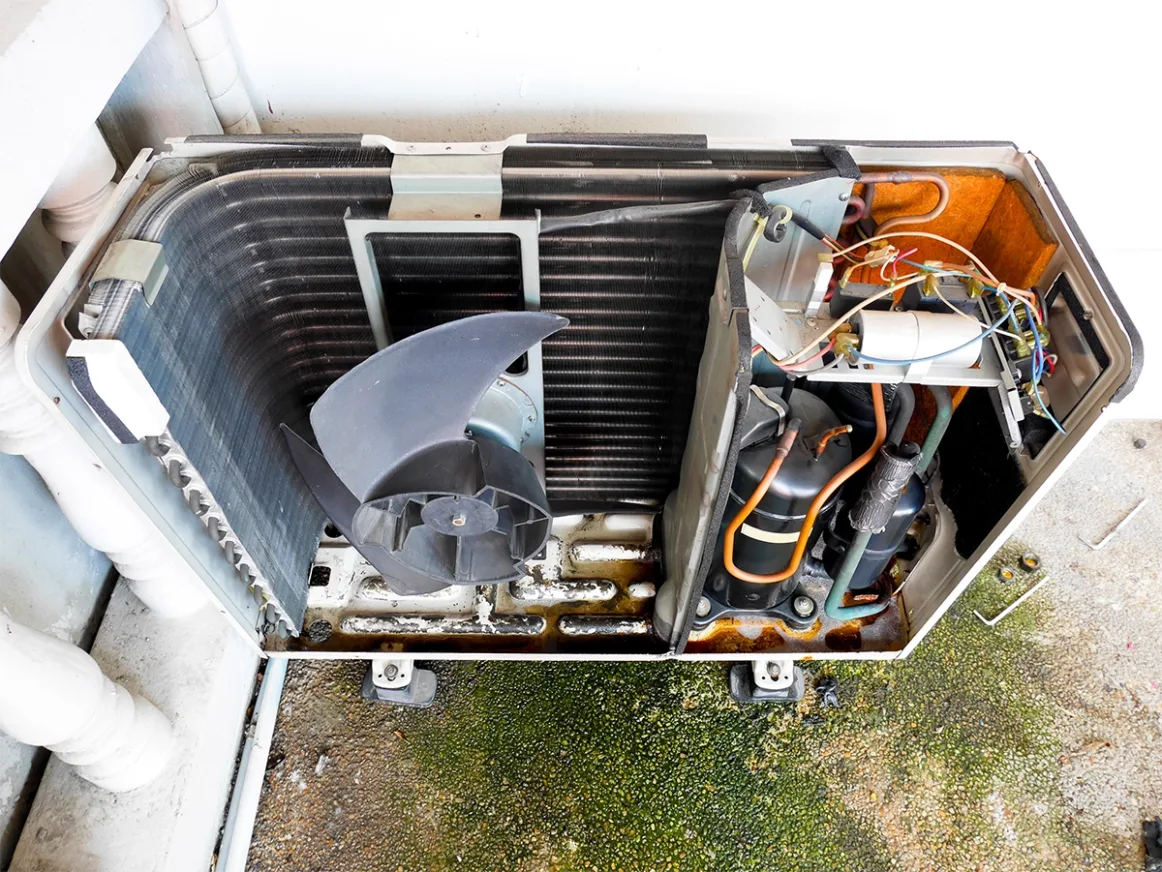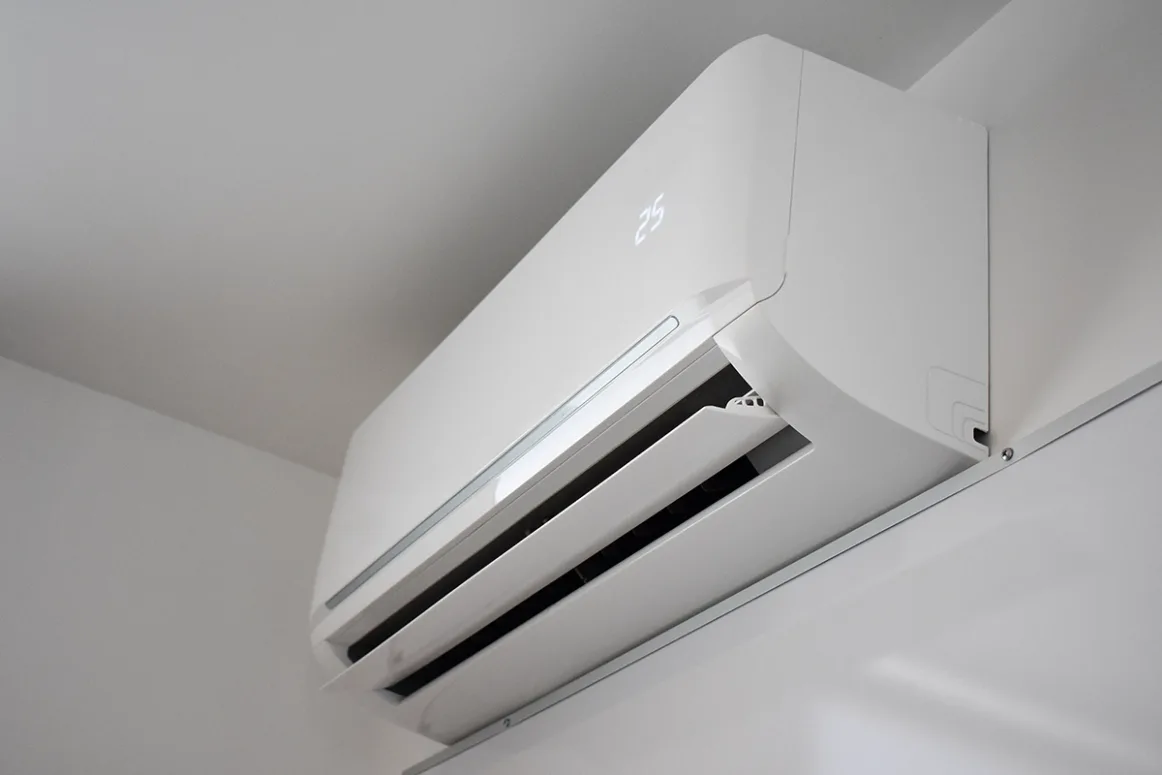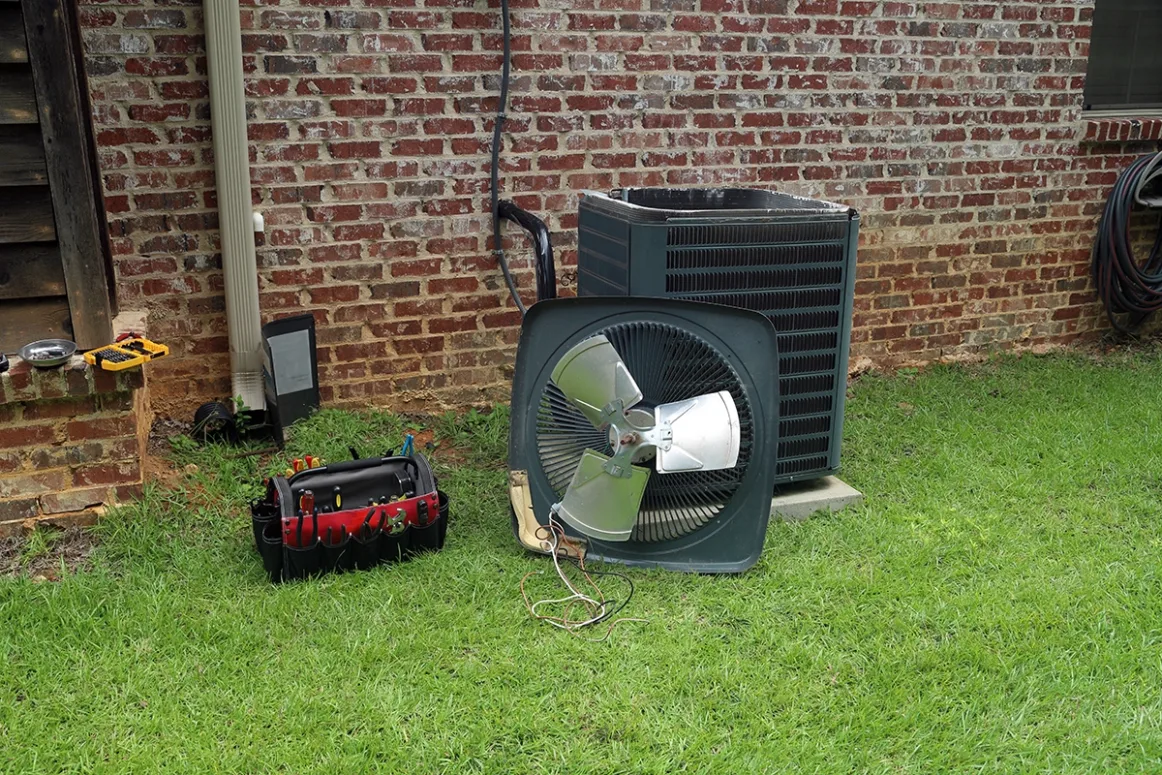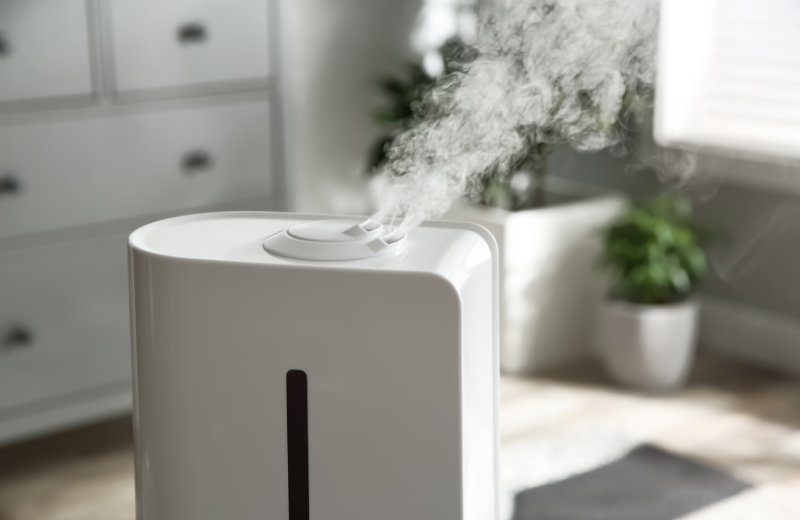
Do Humidifiers Cause Mold? Myths & Facts Explained
Understanding the Link Between Humidifiers and Mold Growth
Do humidifiers cause mold? This is a common concern, especially in places where indoor air becomes excessively dry. While humidifiers help maintain comfortable humidity levels and improve air quality, improper use or neglect can create conditions where mold thrives. In this blog, Russell Heating & Air will debunk myths, compare different types of humidifiers, and provide facts on how to safely use humidifiers without promoting mold growth.
Myth vs. Fact: Do Humidifiers Cause Mold?
Myth #1: Humidifiers Always Lead to Mold Growth
Fact: Humidifiers do not inherently cause mold. Mold growth occurs when indoor humidity exceeds 60%, creating excess moisture. A well-maintained humidifier, set between 30-50% humidity, will not contribute to mold problems. Additionally, mold requires organic material to thrive, such as dust or fabric. Keeping your home clean minimizes the risk of mold growth.
Myth #2: Any Humidifier Will Increase Mold Risk
Fact: Not all humidifiers encourage mold growth. Poor maintenance is the real issue. When filters and water tanks are not cleaned regularly, mold and bacteria thrive. Choosing a properly maintained humidifier reduces the risk significantly. High-quality humidifiers often include anti-microbial features that help prevent bacteria and mold from developing inside the unit.
Myth #3: More Humidity is Always Better for Indoor Air Quality
Fact: While humidity helps prevent dry skin and respiratory issues, too much moisture leads to mold spores multiplying. Monitoring indoor humidity levels is crucial for maintaining good air quality without creating mold risks. Humidifiers can cause mold in environments that are more than 60% humidity. In some cases, this excessive humidity can also lead to dust mites and other allergens, which can cause discomfort for those with allergies or asthma.
How to Use a Humidifier Without Causing Mold
1. Keep Humidity Levels in Check
Use a hygrometer to monitor humidity. The ideal indoor humidity range is 30-50%. Anything above 60% increases the chance of mold growth. Smart humidifiers with built-in sensors can help regulate moisture levels automatically, making them a great investment for maintaining balanced indoor air quality.
2. Clean Your Humidifier Regularly
Without proper maintenance, humidifiers cause mold and bacteria to accumulate inside the unit, spreading mold spores, and leading to potential health risks. Follow these steps to keep it clean:
- Empty and refill with fresh distilled or filtered water daily to prevent mineral buildup.
- Clean the water tank and filters at least once a week using a mixture of white vinegar and water.
- Use manufacturer-recommended cleaning solutions to remove residue and disinfect the unit.
Neglecting maintenance can lead to “humidifier lung,” a condition caused by breathing in contaminated mist filled with bacteria and mold spores.
3. Choose the Right Humidifier for Your Home
When selecting a humidifier, it’s important to address the common concern: do humidifiers cause mold? The risk can vary depending on the type of humidifier:
- Ultrasonic & Cool Mist Humidifiers: Can create excess moisture if overused, increasing mold risk.
- Warm Mist Humidifiers: Heat kills bacteria, reducing mold risks, but requires regular cleaning.
- Whole-House Humidifiers: Professionally installed and maintained, reducing the chance of mold buildup and keeping humidity balanced throughout the home.
4. Improve Air Circulation and Ventilation
Good airflow prevents moisture buildup. Ensure your home has proper ventilation by:
- Running exhaust fans in bathrooms and kitchens after showering or cooking.
- Using ceiling fans to circulate air and reduce humidity concentration in one area.
- Opening windows periodically to allow fresh air in and stale, moist air to escape.
If humidity levels remain high despite proper humidifier use, a dehumidifier may be necessary to remove excess moisture from the air.
Signs of Mold Growth and When to Act
Even with proper humidifier use, mold can still appear in certain conditions. Look for these warning signs if you suspect humidifiers that cause mold in your home:
- Musty odors in rooms with humidifiers, especially in areas with poor ventilation.
- Visible mold spots on walls, ceilings, or near vents.
- Increased allergy symptoms like sneezing, coughing, or congestion, which may indicate mold exposure.
What to Do If You Spot Mold
If you notice your humidifier causing mold growth, take immediate action:
- Reduce indoor humidity using a dehumidifier or adjust your humidifier settings.
- Clean affected areas with a vinegar or hydrogen peroxide solution, as bleach may not always be effective on porous surfaces.
- Contact Russell Heating & Air for professional indoor air quality solutions, including HVAC inspections and mold prevention strategies.
Summary: Do Humidifiers Cause Mold?
So, do humidifiers cause mold? The answer depends on how they are used. When maintained properly, humidifiers do not contribute to mold problems. However, neglecting regular cleaning and allowing excessive moisture can lead to mold growth. By following the right practices, you can enjoy the benefits of humidifiers without the risks.
Humidifiers improve air quality, reduce respiratory issues, and prevent dry skin, but they require proper upkeep. If you’re concerned about indoor humidity levels or mold prevention, contact Russell Heating & Air in Canton, GA. Our team can help you maintain a comfortable and mold-free home year-round.
A quick overview of the topics covered in this article.
Latest articles
June 1, 2025
June 1, 2025


